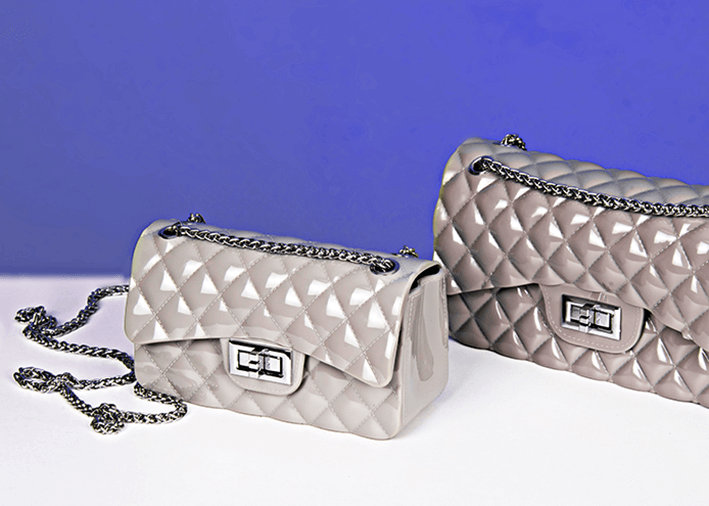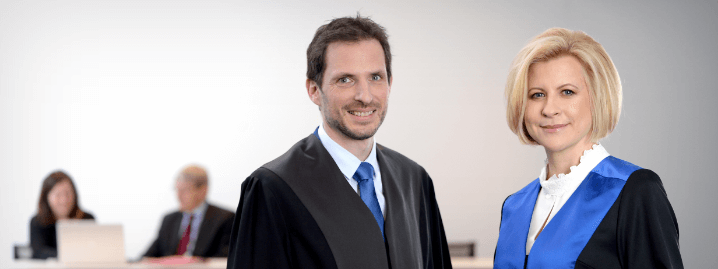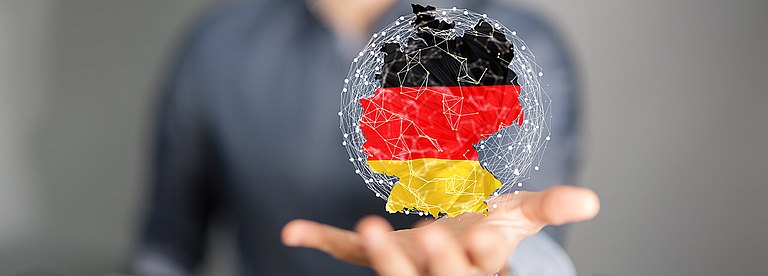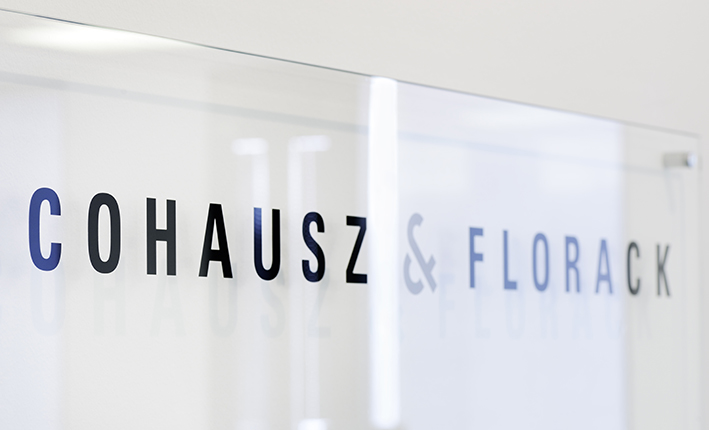Trademark protection
Trademarks have existed for a long time all over the world. They make it easier for customers and consumers to get their bearings in the market in order to purchase products and services. A particular trademark is usually also associated with quality features, such as good value for money, a positive corporate policy, sustainability, a progressive image, or other important values.
A well-known trademark is a huge asset for the owner and is a major factor for their position in the market.
Trademarks are mainly used to indicate the origin of a company’s goods and services and at the same time to distinguish them from the offerings of competitors.
The marks eligible for protection include words, letters, numbers, images, colors, holograms, multimedia marks, or sounds, as well as combinations of these elements.
According to the applicable laws and guidelines, a word mark does not require a graphic design or color. It consists of characters such as letters, numbers, and selected special characters. A word mark can consist of one or more words or even a single letter. If the word mark is registered at the German Patent and Trademark Office, it is represented using a uniform printing process; however, trademark protection extends to all forms of print and typefaces. This also includes different spellings or combinations of upper/lower case letters.
If a trademark contains elements that are not permitted for or covered by a word mark, this trademark may be a combination mark or a pictorial mark. This applies, for example, if the applicant claims a particular font design, color, font arrangement, or even a combination of graphic elements for the registration of their sequence of characters, in other words if it is a certain visual impression that is decisive.
For combination marks, the following variations are possible:
- Words and/or characters in a specific font and spelling
- Combination of letters/characters and graphic elements
- Multi-line arrangement or blocked words (spaces between letters)
The period of validity for a registered trademark is generally ten years. This protection period can be extended for a further ten years for a fee. If the trademark is not extended, it is cancelled by the Trademark Office. If other trademark owners successfully file opposition or cancellation proceedings, the trademark protection also expires.
It should also be noted that the trademark must be used in the class to which it is assigned, otherwise there is a risk of trademark cancellation. This only applies, however, outside the five-year grace period for use after a trademark has been registered.
Fight against product piracy: G7 IP leaders intend to intensify cooperation
Patent and trade mark offices of the leading economies deliberate under Germany’s presidency of the G7 – counterfeiting causes damage to all industries – consumers can help fight counterfeiting and product piracy











